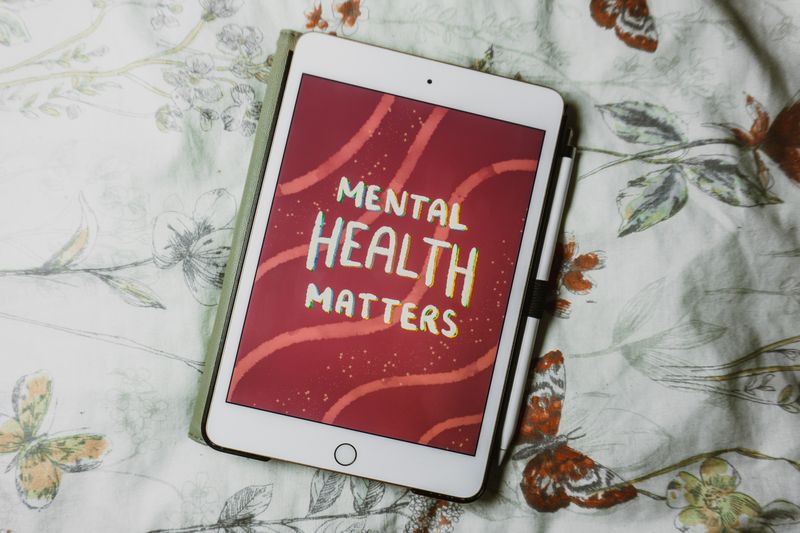Did you know?
21.4% of U.S. adults experience a mood disorder at some point in their lives.
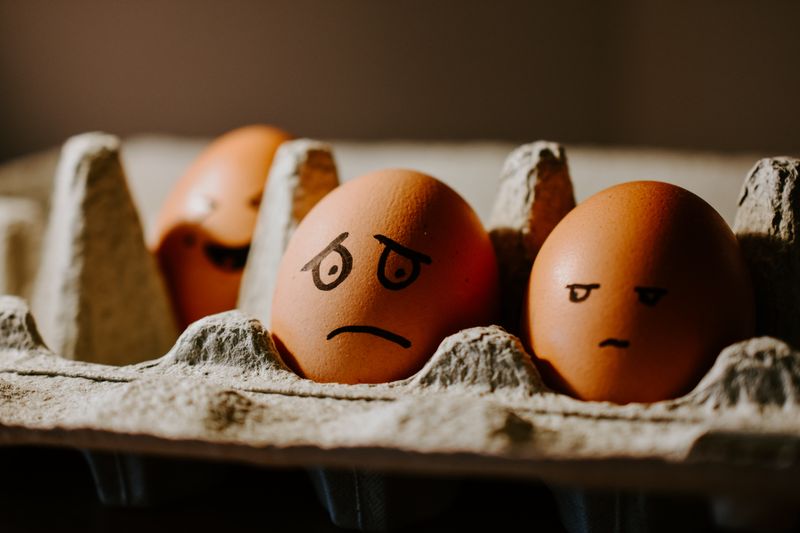
It's normal to experience a range of emotions, but if your mood or changes in mood become extreme enough to affect your daily life, it could be due to a mood disorder.
While depressive and bipolar disorders are the main forms, several different types of mood disorders exist.
Depression
Major depressive disorder is also referred to as "clinical depression".
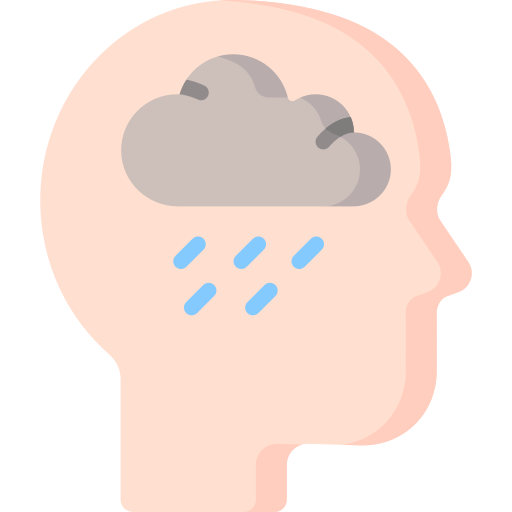
It involves having symptoms such as feelings of sadness and hopelessness for at least 2 weeks. Other symptoms may include:
Sleep irregularities
Feeling constantly tired
Trouble concentrating
Feeling worthless
Lack of interest in many activities
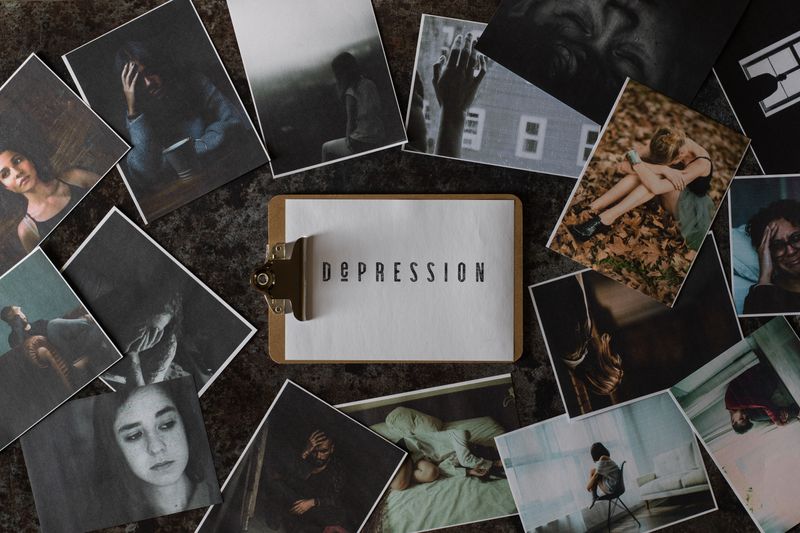
Persistent depressive disorder (previously also known as dysthymia) is a form of depression that is less severe but has lasted for 2 or more years.
Learn more about recognizing the signs of depression in this Byte.
Other Depressive Disorders
Some types of mood disorders include symptoms of depression and mood changes, but have additional characteristics that give them their own diagnosis. These include:
 Seasonal Affective Disorder (SAD)
Seasonal Affective Disorder (SAD)
This type of depression affects people seasonally, usually in winter when there is less daylight.
 Postpartum Depression
Postpartum Depression
This type of depression is experienced by mothers after they give birth.
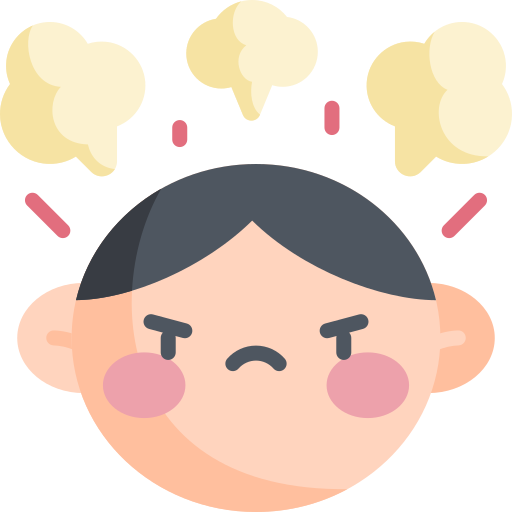 Disruptive Mood Dysregulation Disorder
Disruptive Mood Dysregulation Disorder
This disorder is diagnosed in children who experience persistent irritability and frequent extreme temper outbursts.
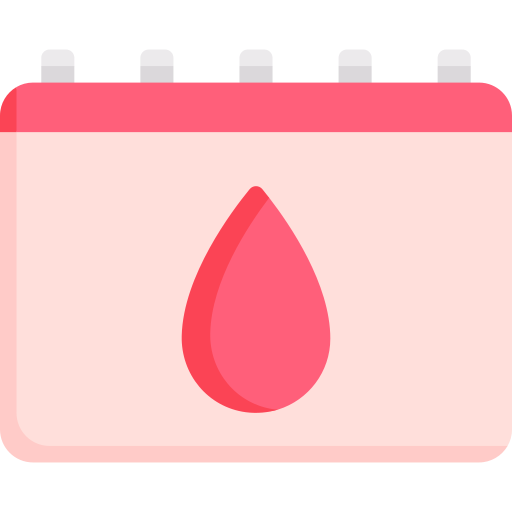 Premenstrual Dysphoric Disorder
Premenstrual Dysphoric Disorder
This involves symptoms such as irritability and depressed mood before menstruation, which are resolved afterwards.
Bipolar Disorder
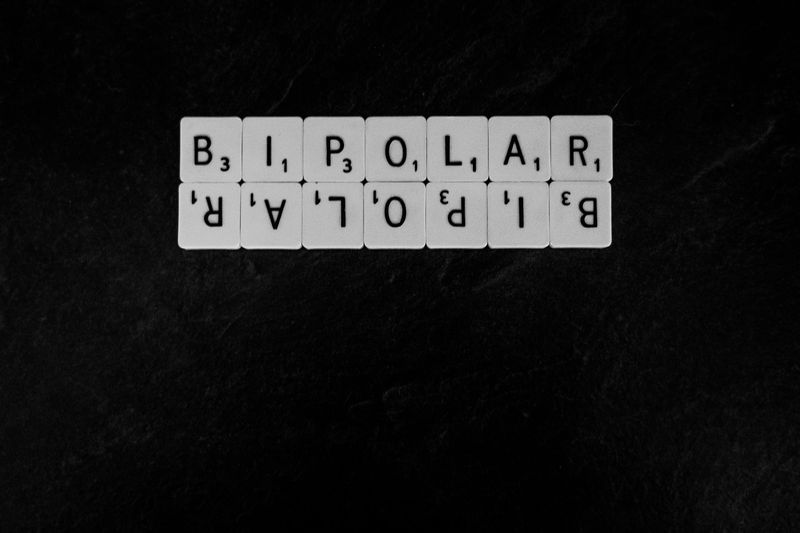
Bipolar disorder is characterized by extreme changes in mood from very low (depression) to very high (mania).
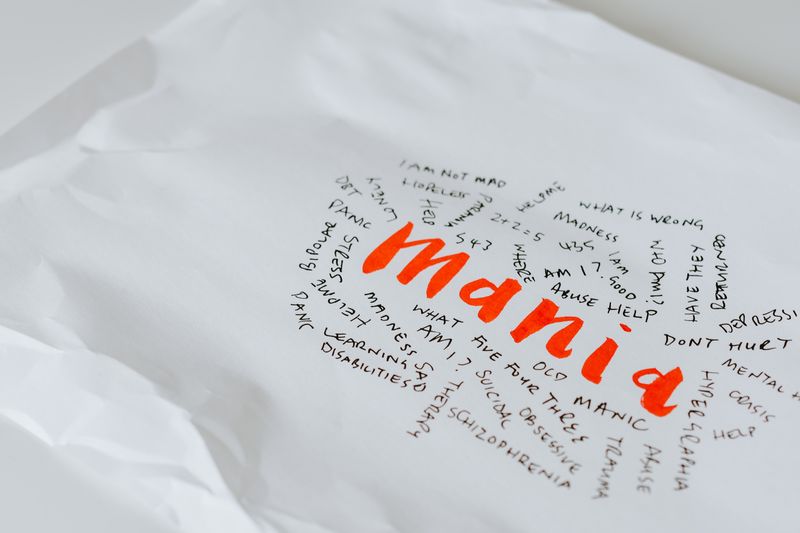
During manic episodes, a person may:
Eat and sleep less
Feel extremely high, elated, or irritable
Have racing thoughts or speech
Do risky things that are potentially harmful to themselves
Feel unusually important or powerful
Cyclothymic disorder is a mild form of bipolar disorder.
Cyclothymic disorder involves brief periods of mild depression and periods of hypomania (high mood that is less severe than mania).
Quiz
Kim was feeling down, tired, and unmotivated starting in November. In late March, her symptoms improved. What mood disorder might she be experiencing?
Other Mood-Related Disorders
These types of mood disorders involve symptoms of depression or mania that are triggered or induced.
 Photo by Adhy Savala on Unsplash
Photo by Adhy Savala on UnsplashMedical Illness-Related
Symptoms can be triggered by medical conditions such as cancer, infections, and stroke.
 Photo by Myriam Zilles on Unsplash
Photo by Myriam Zilles on UnsplashSubstance-Induced
Symptoms can be due to the effects of medication, toxins, or substance abuse, including alcoholism.
Take Action
Don't self-diagnose!
If you think you might have a mood disorder, get in touch with your doctor or a psychiatrist. Only they can diagnose you with a mood disorder.
Your feedback matters to us.
This Byte helped me better understand the topic.

